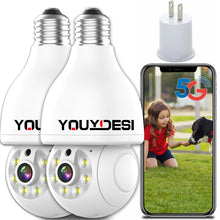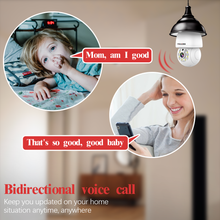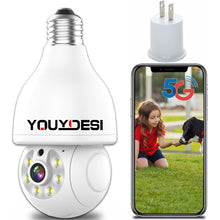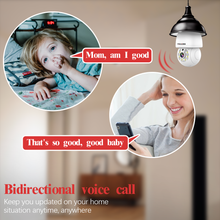Let's start by taking a look at the camera's protection standards, which are denoted as IPXX. IP (International Protection) refers to the degree of protection the camera's casing offers. In the GB4208 standard, the IP code's meaning for the device's casing protection level is outlined. The XX numeric combination represents levels of dust and water resistance. For instance, you frequently encounter cameras with an IP66 protection rating. This indicates that the device is entirely dustproof and can withstand severe splashes or heavy jets of water. Devices complying with this technical standard can typically tackle heavy rain and adverse weather conditions. In some cases, cameras can even achieve an IP67 protection rating, guaranteeing the camera remains unharmed when submerged underwater for a certain period.
2. Waterproofing Methods for Cameras
So, how exactly is the waterproof design of cameras achieved? In simple terms, it all boils down to creating an airtight seal. The front glass of the camera must be securely bonded with adhesive, leaving no room for even the tiniest crevice. Sealing rings must be added at the junctions where the device body meets the cable outlets, ensuring a tight fit within the grooves. Furthermore, it's crucial to keep network and power interfaces indoors to prevent rainwater infiltration. Every single step in the process requires meticulous craftsmanship, and it's the precision in these details that guarantees true waterproofing. Any slip-up at any point could undermine the entire endeavor!
3. Addressing Lens Waterproofing and Fogging
Surveillance camera cores ought to feature an automatic defogging function. When the camera's temperature drops to 0°C, a heating device springs into action to rid the lens of frost. In hot weather, a temperature control system can tackle the impact of high temperatures on sensitive components. Should the temperature surpass 50°C, it'll automatically activate a fan to dissipate heat. On extra cold days, it's inevitable that the lens will fog up, and that's where the following measures come into play.
Surveillance camera constructions are tightly sealed, which makes it relatively easy for lens fogging to occur, especially in regions with cold temperatures. This is particularly common when there's a significant temperature difference between the interior and exterior of the camera, and internal heat struggles to dissipate quickly. Once fog starts clouding the lens, the purpose of surveillance is significantly compromised. To deal with this issue, the installation of wipers on the exterior of surveillance cameras proves to be a potential solution.
Camera wipers function similarly to the windshield wipers in an automobile. Many surveillance cameras come equipped with wiper control systems. These wipers swoop in to clean the external protective glass, especially when it's prone to dew, frost, or accumulating dirt. Their role is to ensure that nothing obstructs the camera's view.
In terms of products, most pan-tilt-zoom dome surveillance cameras come with wiper functionality. Given the product's form and structure, adding a wiper to a bullet camera can be quite impractical. Some argue that dome cameras are already quite substantial in size, and adding an extra wiper control unit would encroach on the internal space. But apart from wipers, there's another technology that most manufacturers prefer.
4. Room for Improvement in Surveillance Waterproof Sealing Technology
Beyond surface waterproofing, the most vital aspect is preventing internal fogging in the camera. Cameras experience significant temperature swings during operation, which can lead to fogging. This becomes particularly likely in seasons with heavy rainfall. Fog and frost formation are the outcomes of saturated water vapor in the air condensing when exposed to lower temperatures. In environments characterized by high humidity and substantial dust, the protective glass on the camera's casing can get dirty, blocking light from entering the camera and directly impacting the quality of surveillance.










